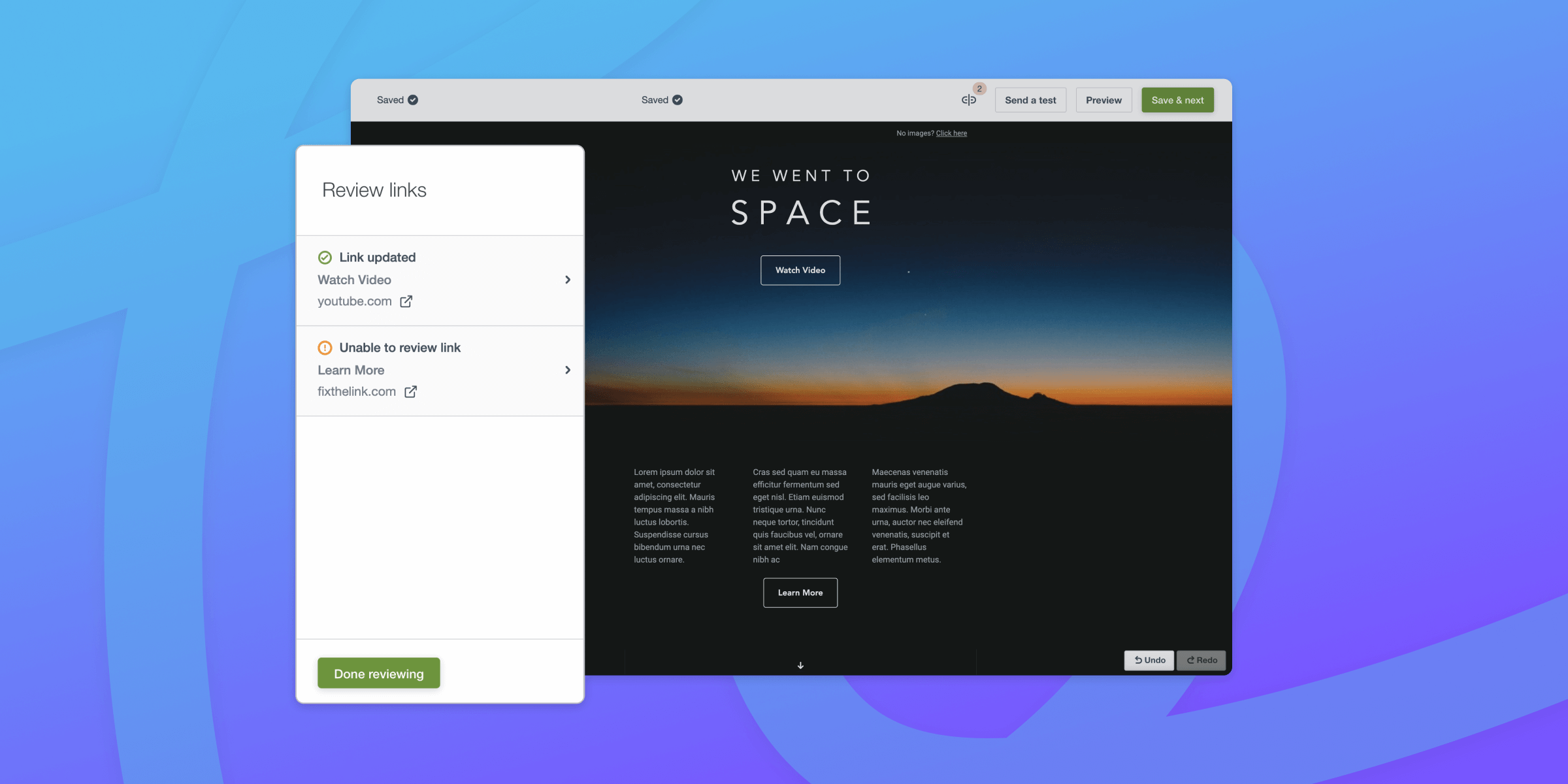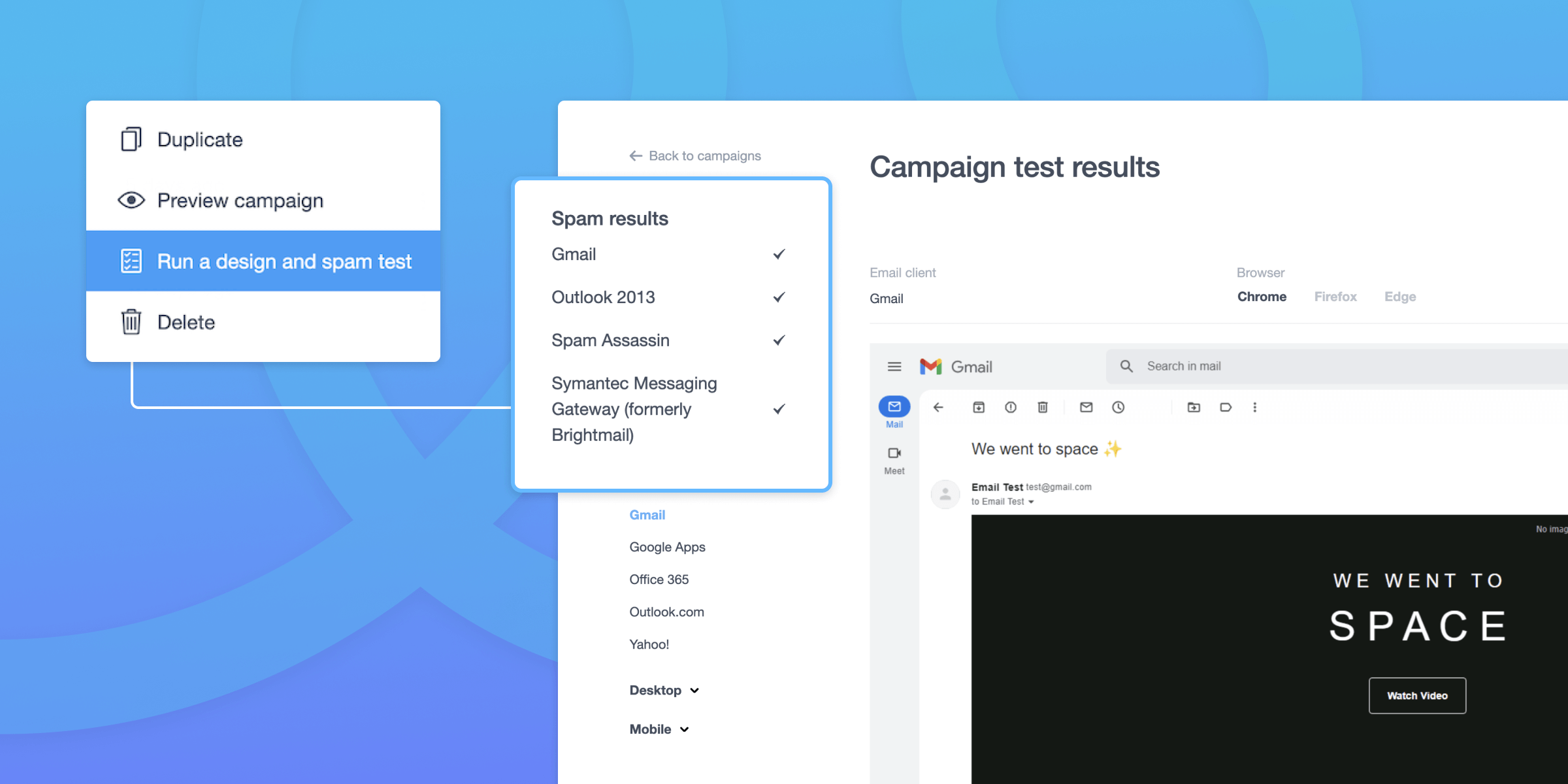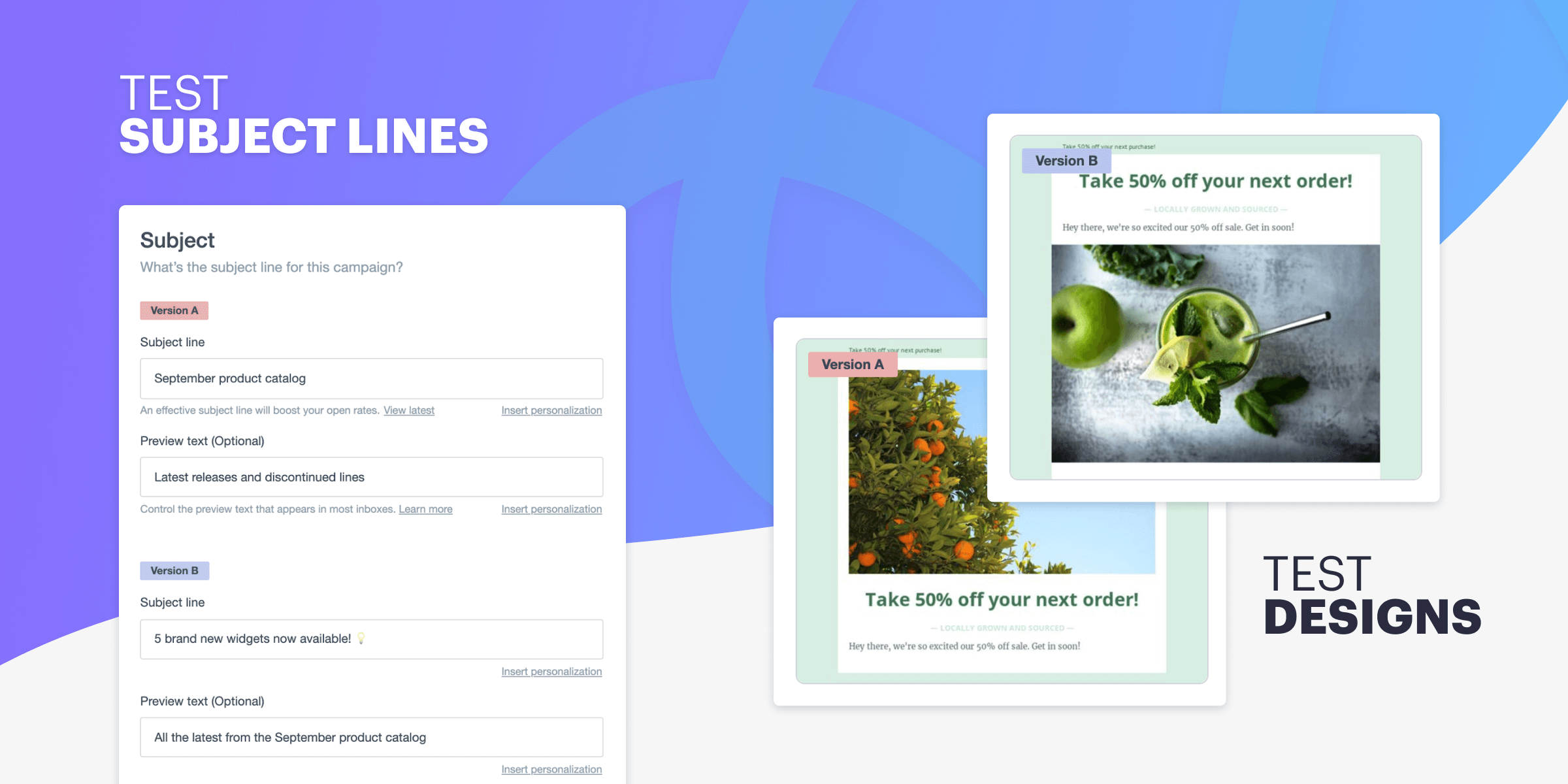
Getting ready to share your campaign with customers can be an exciting moment. As marketers, we are proud of the work we’ve done to make an email come together. But, once you hit “send,” the message is out of your hands, and without control anymore, you may feel a little anxiety creep in. So, we’re sharing our five top tips to help you overcome send anxiety, and send with complete confidence.
1. Broken links
A fear of broken links is a warranted one. After all, haven’t we all been frustrated by an email with broken links? Broken links not only make your emails seem unprofessional, but they can also frustrate customers, impact your brand’s reputation, and render your marketing efforts ineffective.

Solution: Begin testing your emails by sending a quality assurance test to both yourself and a colleague to check all the links. You may also want to review our resource, Pre-send campaign checklist and tools, for a full overview of what to look for before sending.
And, don’t forget that you can always send an apology email that includes the correct link. Everyone makes mistakes, and the need to send an apology email happens to the best of us.
2. Typos
Typos are simple mistakes, and they usually don’t mess up your overall message, but they can undermine your professionalism. Typos tell your readers that you didn’t invest the time to proofread your messages to them. As a marketer, you want to avoid typos at all costs, but your own mistakes can be difficult to catch.
Solution: Before sending an email, read it aloud slowly and focus on every word. You can also print your email out to read it since reading print on paper allows for closer attention to detail and better comprehension than reading on a digital screen does. Some people also find reading their copy backward helps. But, above all, find proofreading buddies you can send your message to, and find at least one who preferably has some editing experience.
3. Elements not rendering
When emails don’t render the imagery, colors or fonts, your subscribers likely won’t find the email very compelling, which can also cause them to become disengaged, or even worse – unsubscribe. It’s important to remember that just because your messages render on a specific device or with a specific email provider, it doesn’t guarantee your message will render on all devices or with all providers.

Solution: Some ways to combat this fear include sending quality assurance test emails to several different colleagues that use different email clients to see how your messaging renders, and then try troubleshooting from there. You should always be sure to test your campaign on both desktop and mobile devices.
4. Less than optimal results
There’s a lot of excitement that happens when we send out emails, especially if it’s part of a new campaign. But, marketers can sometimes become anxious about the possibility of bad results because a failed campaign can have far-reaching implications such as wasted resources, low conversion rates, poor brand perception and more.

Solution: To overcome the fear of less-than-optimal results, first, permit yourself to try things out. Email marketing is all about refinement, so not every email needs to be a smash hit. Gaining insight into what doesn’t work is just as helpful as gaining insight into what does.
To increase your chances of a successful campaign, foremost, have a clear objective and goal for your campaign such as driving engagement, driving sales, driving sign ups or registrations. Ensure the content you’re sending customers adheres to that objective by having a clear call to action. We also recommend A/B testing elements, rather than making assumptions about what content and elements will resonate with your audience.
A/B Testing elements like the subject line, content, design and timing ensures that you’re providing the content your audience wants to receive, which can lead to higher engagement and more conversions. Emma by Marigold makes A/B testing simple and easy.
You can also preview your campaign with live data to ensure the correct dynamic content is showing for the right audience. Always review and analyze every campaign result and look for ways to optimize and improve.
5. Sending to the wrong list
Your lists matter, and you never want to send the wrong email to the wrong group. Sending a campaign to the wrong audience can have serious implications — this mistake can damage your brand’s reputation, result in recipients marking you as spam, impact segmentation efforts, result in poor engagement as well as a poor ROI and more.
Solution: To avoid these implications, maintaining clean and up-to-date email lists, implementing stringent segmentation practices, and regularly reviewing the recipient lists before sending out any email campaign — all of these steps are necessary.
Make sure your lists are labeled correctly, and try to follow a clear and logical naming convention that all team members who have access to your account know and understand. Your subscriber list name should also be descriptive and help you easily identify which customers are on which lists. Be sure to exclude potential list members who you may not want to receive the email. Finally, always double-check that you’re sending to the correct list before you send.
Fearlessly press “send”
Feeling anxious before sending out email campaigns is normal, but don’t let send fear stop you from breaking new ground and finding success. Mistakes can certainly happen if you don’t have a checklist, and that’s absolute when it comes to email. Using this list of solutions above, we recommend creating an email send checklist that you and your colleagues can follow before you hit “send.” You’ll be better able to alleviate your fears and feel confident each time you press send.